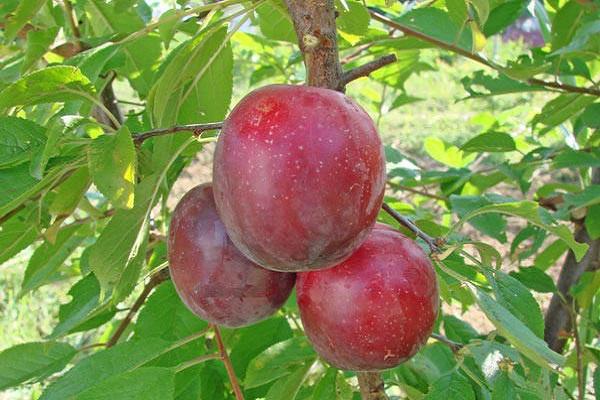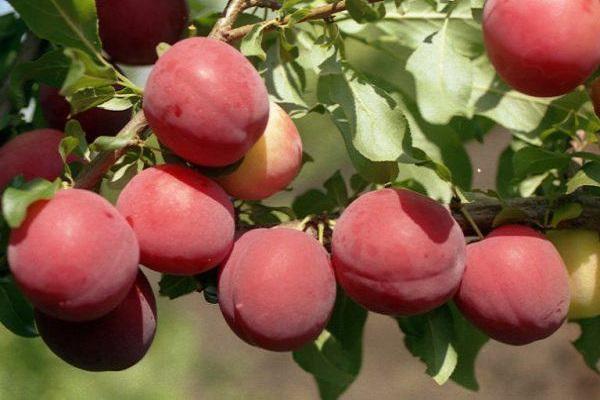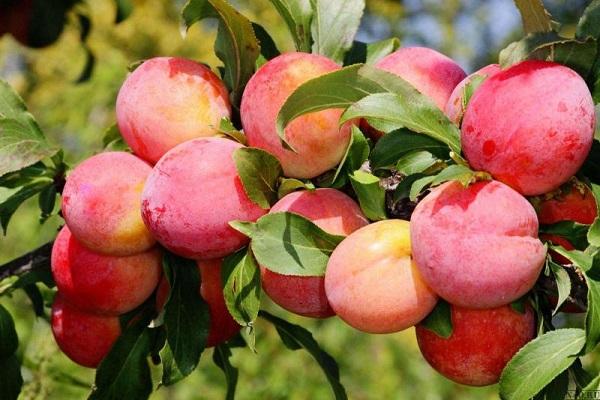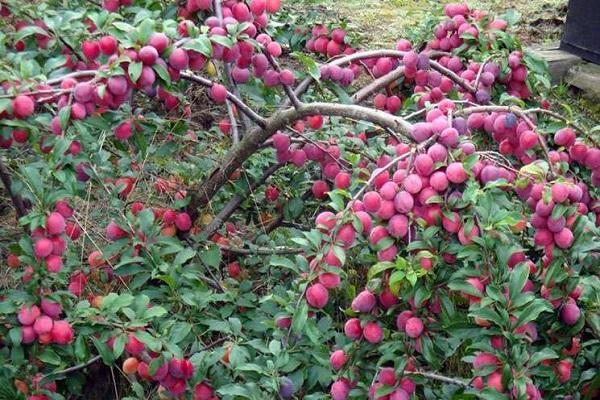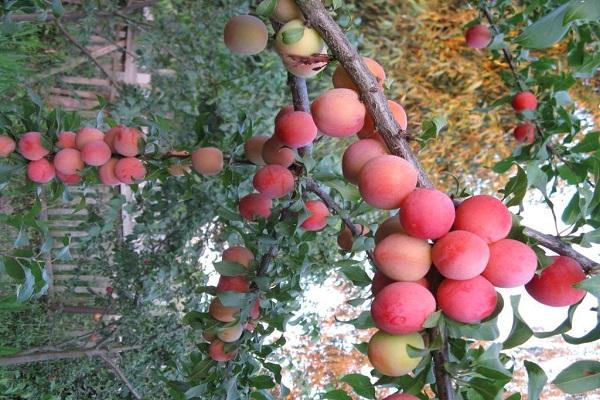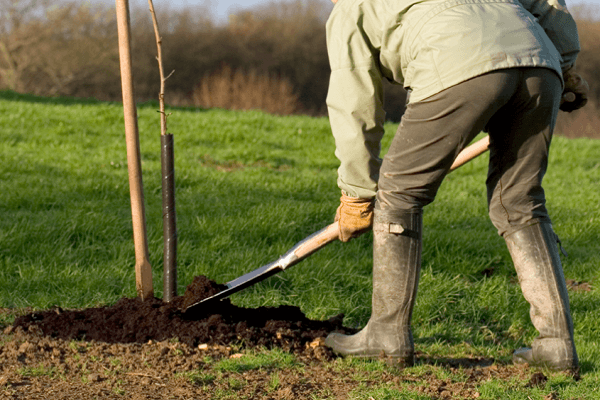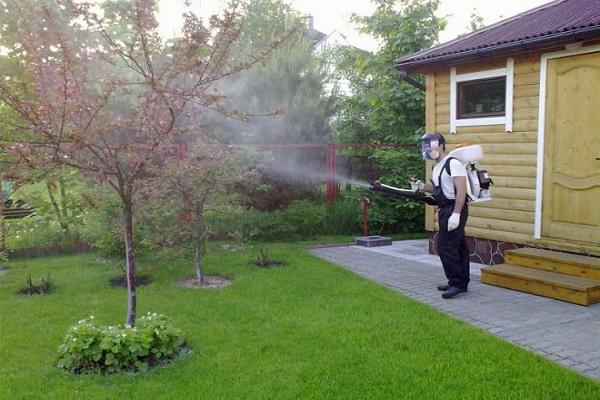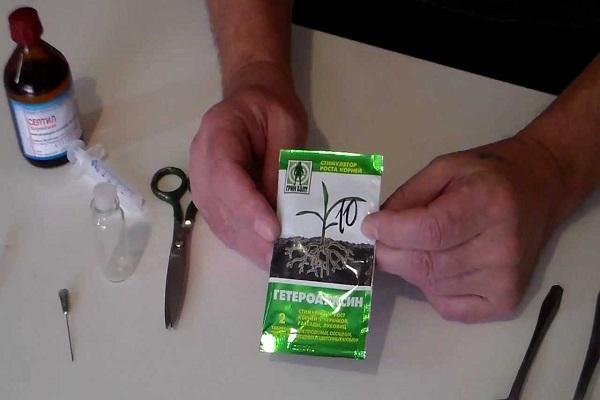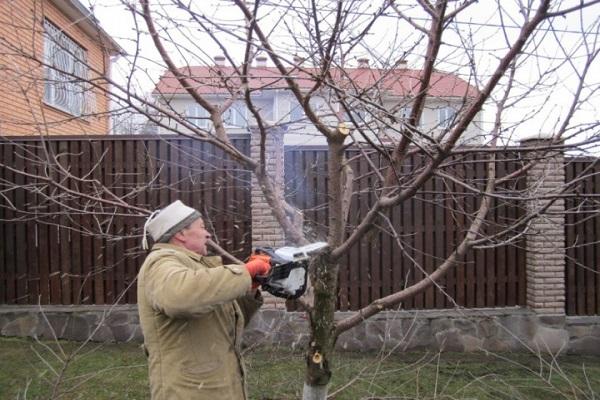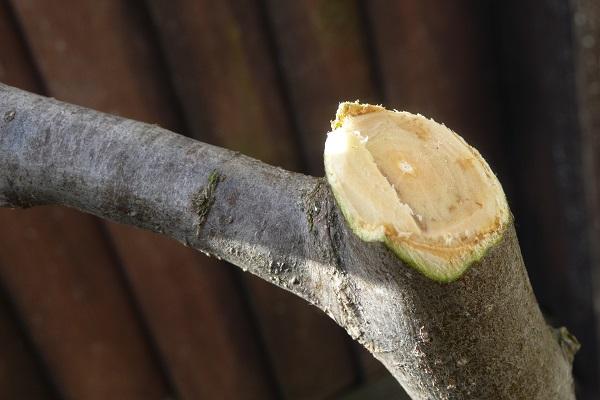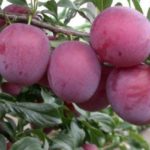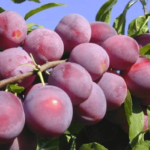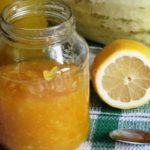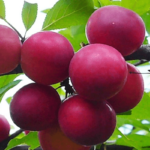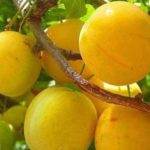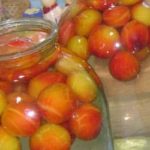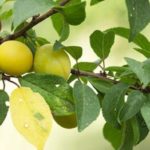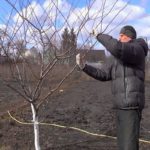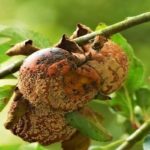The July Rose variety of cherry plum is famous for its excellent taste and ease of care. This is an early variety that opens the berry season. The subspecies is considered a follower of the famous Kuban comet. Cherry plum is widely grown in the CIS countries, it takes root easily. You should first familiarize yourself with planting techniques and plant care.
- How the Cherry Cherry variety was developed
- Main indicators of culture
- Tree
- Fetus
- Characteristics of cherry plum July rose
- Drought and low temperature resistance
- Susceptibility of the cherry plum variety to diseases and parasites
- Tree pollinators
- Flowering and fruiting of cherry plum
- How to collect and store fruits
- Advantages and disadvantages of wood
- Planting a plant on the site
- When to carry out planting work
- Step-by-step disembarkation instructions
- Subtleties of crop care
- Irrigation and fertilization
- Pruning and crown formation
- Regulatory
- Supportive
- Sanitary
- Tree trunk care
- Prevention of diseases and insect infestations
- Preparing for winter
How the Cherry Cherry variety was developed
The cherry plum variety July Rose was bred by breeders of the Institute of Plant Growing in Krymsk, Krasnodar Territory. The variety was obtained by free pollination of the Kuban Comet plum, created in the same laboratory. The variety differs from its ancestor in the earlier period of fruit ripening. In 1999, the July Rose was included in the state register and zoned in the North Caucasus region. The hybrid type of cherry plum, created from the seeds of the Kuban Comet, is an achievement in floriculture.
Main indicators of culture
A description of the fruit crop of the July Comet variety will help you decide whether it is worth planting in a private garden or industrial plantations. A detailed description of the plant is also required to become familiar with the methods of caring for it.
Tree
The trees grow to medium height, with a smooth trunk and medium dense bushes. The shoots are horizontal, their diameter is 25 mm. The fruits ripen on overgrowing short bouquet branches. Their life span lasts about 2-3 years. The tree brings an annual harvest; up to 10 kg of fruit can be collected from an 8-year-old plant. The variety is winter-hardy, resistant to dry periods. Cherry plum resists diseases and harmful insects. The first fruits appear in the 3rd year after planting. The cherry plum variety does not pollinate itself.
Fetus
The tree of the July Rose variety bears ovoid fruits weighing up to 30 grams, with a waxy coating. The skin color is purple, with a pinkish undertone.The pulp has a dense structure, low juiciness, fibrous with a sweet and sour taste. The variety received a rating of 4.4 points from tasters.
The stone is small in size, easily separated, and the flesh does not darken quickly when exposed to air. Cherry plum can be consumed fresh or prepared for the winter. Cherry plum is suitable for making preserves, compotes, jams, and dried fruits. You can also decorate desserts with fruits and add them to baked goods.
Characteristics of cherry plum July rose
The characteristic features of the cherry plum variety July Rose are as follows:
- the fruits ripen after the 20th of June, the tree bears fruit until July 10-15;
- high resistance to pests and diseases;
- flowering occurs on April 1-15;
- with proper care, the tree bears fruit in the 3rd year.
The variety is excellent for growing on industrial plantations and in private gardens. The trees bear a lot of fruit and do not require daily care, which is beneficial for summer residents.
Drought and low temperature resistance
The tree survives drought normally, but not regularly. The variety is moisture-loving, but with an excess of water, aphid damage occurs and diseases develop. The July cherry plum variety can withstand frosts down to -36 degrees. The plant also withstands adverse weather conditions such as strong winds, rain, and snow.
Susceptibility of the cherry plum variety to diseases and parasites
July cherry plum is famous for its powerful protective properties, it practically does not get sick, and is rarely attacked by harmful beetles. With proper care and preventive pruning, the plant will live up to 15 years.
Tree pollinators
The July cherry plum tree should be planted next to or planted next to varieties that flower at the same time. These include the Traveler and Pramen cultures.
Flowering and fruiting of cherry plum
Pollen occurs at the beginning of April. The fruits ripen by the end of June.The harvest is stable, but it is recommended to collect it immediately. The cherry plum fruits do not hold tightly to the stalks and can fall off when there is wind gusts.
How to collect and store fruits
The cherry plum harvest should be picked 2-3 days after the fruit ripens. They will become sweeter and juicier. Transportation is possible, but only if it is carried out correctly. The harvest should be stored for 1-1.5 weeks unopened. If you place plums in a wooden box and keep them in a cool, dark room, they will stay there for up to 1 month. It is important to sort through the fruits so that there are no rotten or damaged ones among them.
Advantages and disadvantages of wood
The July variety of cherry plum has many advantages. There are also some disadvantages that you should familiarize yourself with.
| pros | Minuses |
| The fruits ripen early | Fruits ripen unevenly |
| The harvest is stable and plentiful | Resistance to dry periods is average |
| The variety takes root well almost anywhere | |
| High resistance to cold and disease | |
| The fruits are tasty and large |
Planting a plant on the site
Cherry plums are usually planted as seedlings. This is the most popular method of breeding the variety. It is better to buy planting material from trusted sellers on the market or in nurseries. If you take a seedling online or from unfamiliar sellers, you may stumble upon wild seedlings or the wrong variety. It should be free of any damage or signs of disease.
The structure of the trunk is dense, its height is about 10 centimeters. Keep the seedling in the basement or dig it into the ground with a semi-horizontal slope. The hole is dug in advance, 50-60 centimeters deep and 80 cm wide. The groundwater table must extend at least 1.5 meters above the surface.Choose a place well lit by the sun, where the wind does not blow. You can plant bushes under the tree so that the fruits are not damaged when they fall.
When to carry out planting work
In the middle and northern zones, it is better to plant cherry plums in March, before the sap flows. If you plant a plant in the fall, it will not have time to get stronger before the cold weather, and roots will not form. In the south, you can do planting work in October if the air temperature remains stable at +10.
Step-by-step disembarkation instructions
Planting work is carried out in early spring. The tree is planted according to the instructions below.
- The seedling is dug up or taken out of the basement, and the rhizome is placed in water for 1-2 hours. Add Heteroauxin and Epin to it. Substances stimulate growth and root formation.
- Remove part of the soil from the previously prepared hole so that the roots fit.
- Place a mound of soil in the middle. At a distance of 10 cm from the center, drive in a wooden stick 100 cm high.
- Lower the planting material to a hill so that the neck is located at the top and the root system is evenly spread along the slopes.
- Cover the rhizome with soil in layers, compacting it.
- Tie the tree to the stake with twine in the shape of a figure eight.
- Form a tree trunk circle around the seedling.
- Water generously so that the soil adheres well to the rhizome.
After 2 hours, loosen the trunk circle of the young tree and cover it with a mulch layer. For this purpose, compost, rotted sawdust, and hay are used.
Subtleties of crop care
In order for cherry plum to grow healthy and produce a stable harvest, a number of rules must be followed.
- Regularly remove weeds from the soil and loosen it. Weeding helps the roots to aerate, so moisture will not erode from the ground.
- Thin out the bush and trim branches in a timely manner.
- Feed the plant with fertilizers.
- Harvest on time.
- Treat cherry plums against pests and diseases.
The last point is optional, since the tree has strong immunity. If disease or infestation by beetles is noticed, carry out sanitary work.
Irrigation and fertilization
The cherry plum needs to be watered frequently, at intervals of 3 weeks. Moisten the soil 25 centimeters deep; this will require 3-4 buckets of water. Excessive irrigation will be a disservice; a swamp will form in the tree trunk circle. After planting, watering is carried out through the mulch layer. This will reduce the amount of irrigation and loosening, and prevent the growth of weeds.
If there are slugs, beetles, or other insects in the mulch, destroy them and dry the soil. Then restore the mulch layer.
Cherry plum should be fertilized in the 3-4th year of life, when the reserves of nutrients in the planting hole are depleted. They use nitrogen substances and complex mineral fertilizers in the spring.
Pruning and crown formation
Tree pruning should be done 2 times during the growing season. In the spring, the bush is thinned out, removing 20 centimeters of side branches. In autumn, damaged or diseased shoots are excised. At the 8th year of life, cherry plum requires rejuvenating pruning. It will help replace old branches with new ones; the procedure will prolong the life of the tree. Coat the cut areas with garden varnish to prevent pathogenic agents from penetrating into the tree.
Regulatory
The cherry plum should be pruned to regulate it in late March or early April, before the buds open. The shoots directed deeper into the bush are cut out and the intersecting branches are shortened.
Supportive
Every year, trim young trees by 15 centimeters to prevent frostbite. Also cut out dry shoots. Thin out the bush so that the fruits are saturated with oxygen and sunlight.
Sanitary
Tree pruning for sanitary purposes is carried out from late October to early November. It is necessary to remove all dry, damaged shoots and burn them.
Tree trunk care
In areas where there is frequent drought, you need to keep the tree trunk under mulch at all times. Where there is a lot of moisture, mulching will only be required during the first two years of the plant's life. Pour a 10-centimeter layer of humus and peat around the trunk. Change the mulch layer 3-4 times a season.
Prevention of diseases and insect infestations
Prevent the occurrence of diseases and attacks by cherry plum beetles through a number of measures.
- Before pollen, after and after another 2 weeks, treat the tree with 1% Bordeaux mixture or Hom.
- For prevention in the spring, before the sap flows, spray the cherry plum with a 3% solution of ferrous sulfate.
Plant residues should not be left under trees for the winter. Do not allow the crown to thicken; thinning pruning helps prevent beetles from attacking or the development of diseases..
Preparing for winter
In the middle zone and Trans-Urals, it is advisable to cover the cherry plum until frost. First, whitewashing of the trunks is required, this will prevent burns in the spring. Cover the standard with a casing of 40 centimeters of sheet iron. Bury the end 10 cm into the ground. Wrap the tree with burlap on top.

